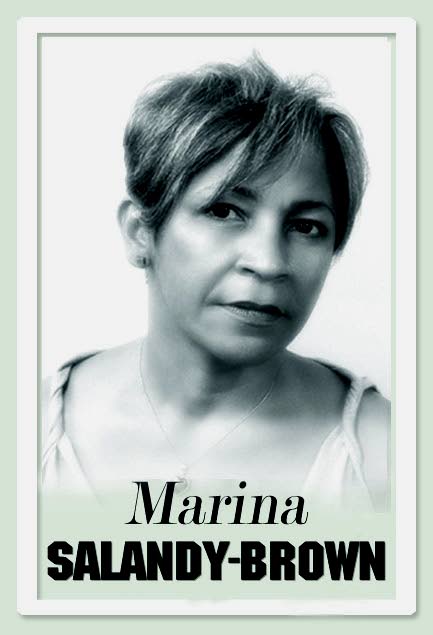Is ole mas in town, next year

Carnival Sunday, and there is an air of anticipation: two days of mindless fun for many; two days of transformation into that object of someone else’s artistic imagination and the indulgence of your flight of fantasy; two days of making your highest rate of income for the year, for some; two days of putting your feet up at home or escaping abroad with your salary paid for unofficial holidays, for those in full-time employment; for the industrial wealth creators it’s two days of lost output, but they are not complaining. Everybody’s happy, even those who whine about the inconvenience of carnival routes affecting their usual vehicular movement are only really slightly discontented.
In fact, Carnival is we t’ing, and those who disparage it need to look again and recognise that this is something that we have created that is uniquely ours. It has evolved into a complex concept of multicultural self-expression with myriad manifestations of our interaction with life and the world in which we live. Carnival has persisted in its various forms for over 150 years, some would argue for longer, and it would not have thrived if it did not serve a purpose. Those who live in Port of Spain may be oblivious to the playin’ mas that goes on elsewhere in the country during the next two days but those developments speak to the desire for people to engage personally in the therapeutic gift that Carnival is, not to mention making money.
Certainly, the breadth of the festival (over 30 official events) and our ambitions have challenged our organisational skills at the national level but at the private level the big bandleaders have created and developed a steadily evolving business model that is worthy of much praise for its pure innovation and revenue generation power. They have turned Carnival into a very big business and separated the sheep from the goats. We have the carnival equivalents of Ansa McAl and Massy with the executives having to manage all the attendant risk and aggravations over the bureaucratic hurdles but with no shareholder pressure and just the satisfaction of their customers to focus their attention, alongside the goal of maximising profits. At the other end of the carnival private sector scale, the countless number of small entrepreneurs in the value chain have to be every bit as clever to derive a good income from the season, and one has to wonder how we can better harness all of this and grow it outside of the carnival season. One has to wonder, too, if our BIR has devised an adequate system of ensuring that all income taxes due are paid by the many financial beneficiaries of Carnival.
We talk a lot about Carnival as a tourism driver but as the Minister for Community Development, Culture and the Arts sensibly points out, that was never the intention of the festival. It has always been about playing mas for ourselves, not necessarily for onlookers, something the big bandleaders recognised a long time ago, while the rest of the people still lined up to pay for very expensive seats at Queen's Park Savannah to see tens of thousands of feathered and beaded bodies who all look the same after two hours. If we had created Carnival to be a spectator event for the enjoyment of tourists we would have gone about it differently from the start, as other countries have done, the minister asserts. It is an important point and we have to consider how many of the average 35,000 visitors who arrive for Carnival are actually spectators? I would guess the vast majority come to play mas because one could see much better spectacles elsewhere. The fact that the visitors contributed roughly $319 million to the treasury in 2018 has to register, however, as a tourism gain and makes us realise that the falling visitor numbers must be arrested.
We should be pleased by the reassessments that are taking place about why the $230m the government sunk into carnival events in 2016, or even the $90m in 2018, were inadequate and showed no returns, and also by the effort being made to shake things up a bit. Some of the once-great carnival shows are now very poor value for money so fewer people attend, but they still represent a potential source of revenue if they could become first-class productions. It is interesting that the National Carnival Committee has finally woken up to the fact that other Caribbean island and diaspora carnivals are rivals for the tourist spend and that we have competitive advantage in returning to the unique heart of our masquerade traditions and using TT culture to restore spectacle to carnival, even if it’s not till next year. Have a great carnival.
Marina Salandy-Brown
3.3.19


Comments
"Is ole mas in town, next year"